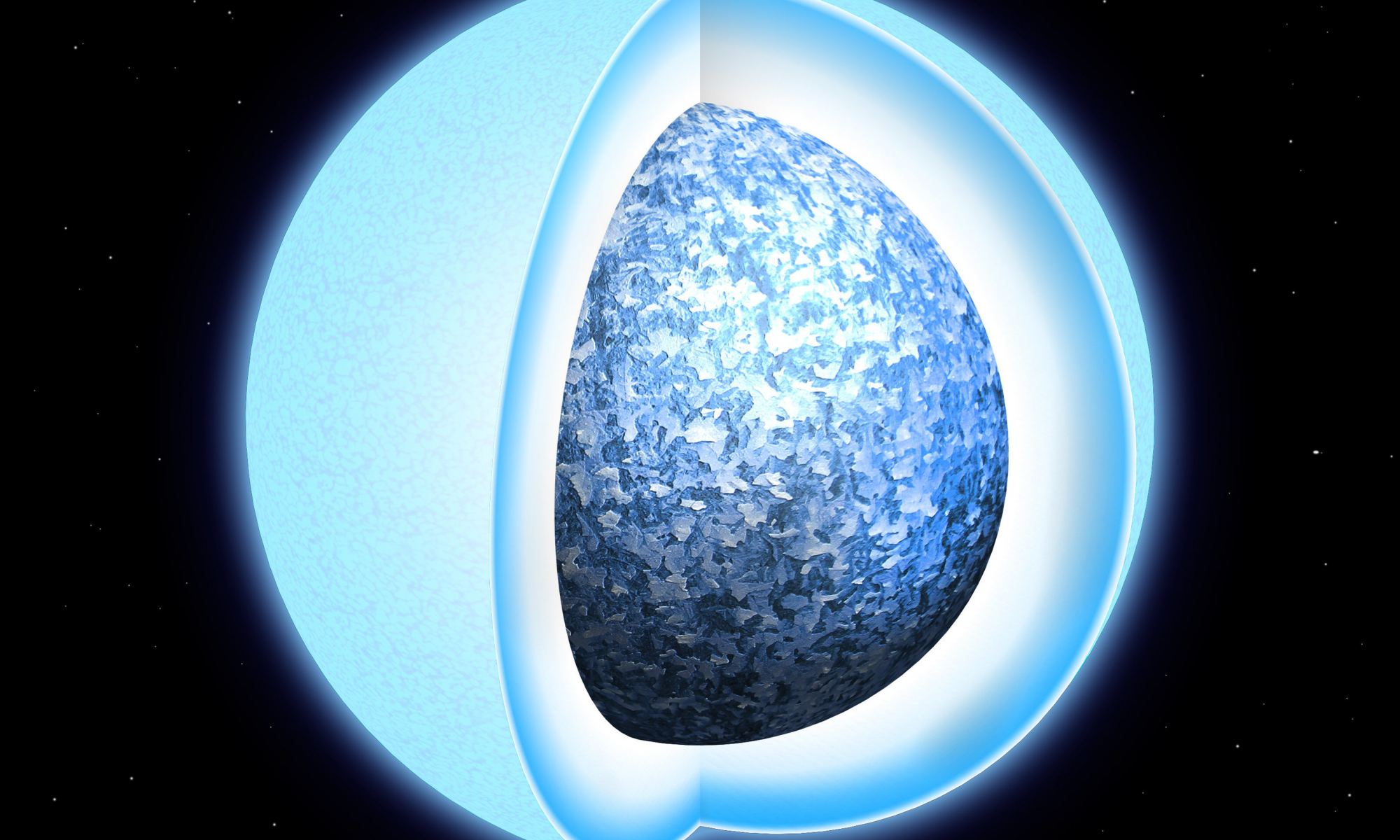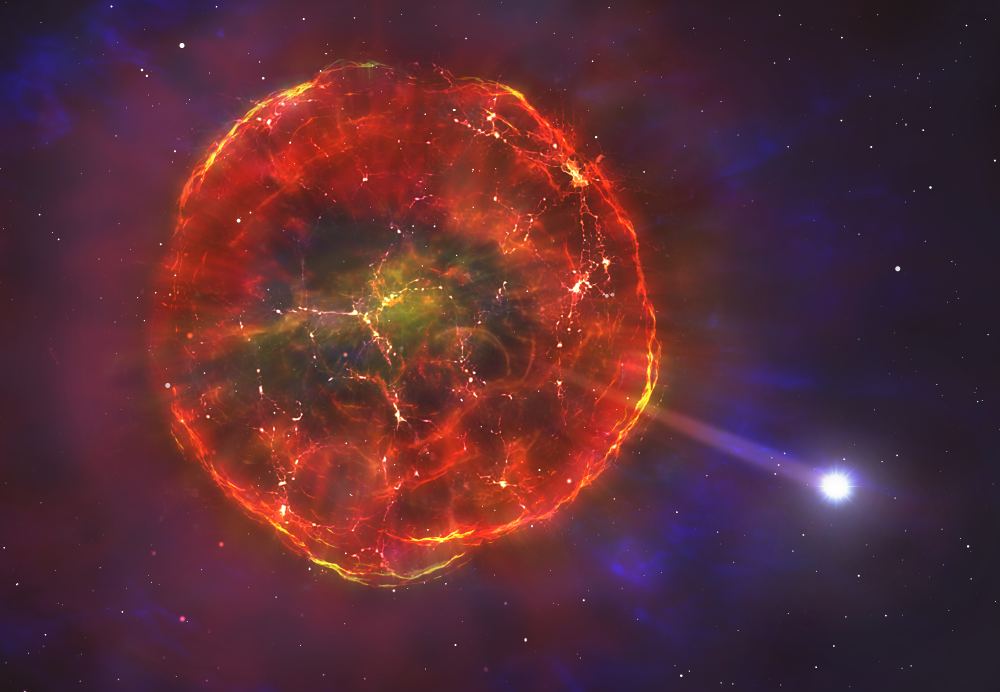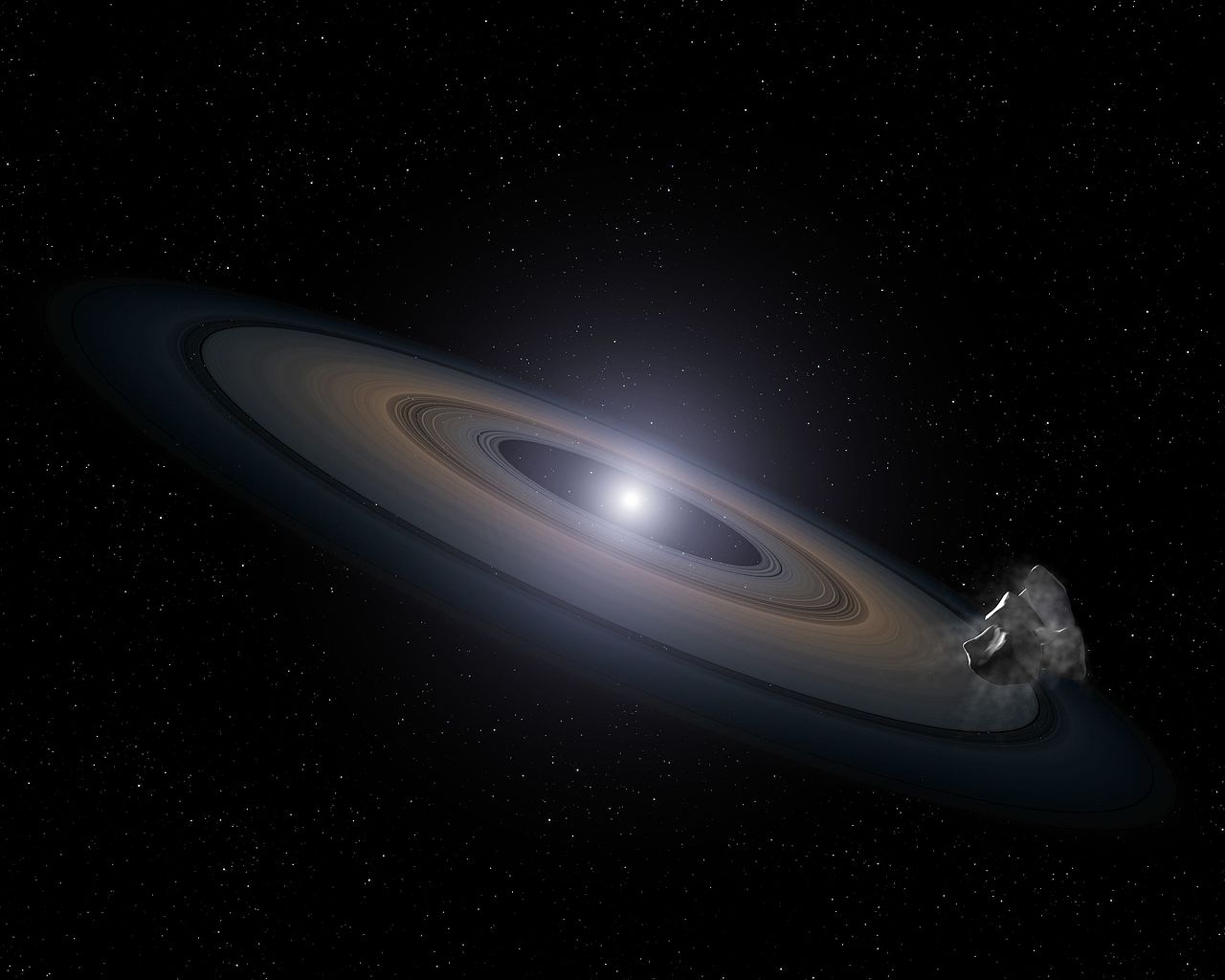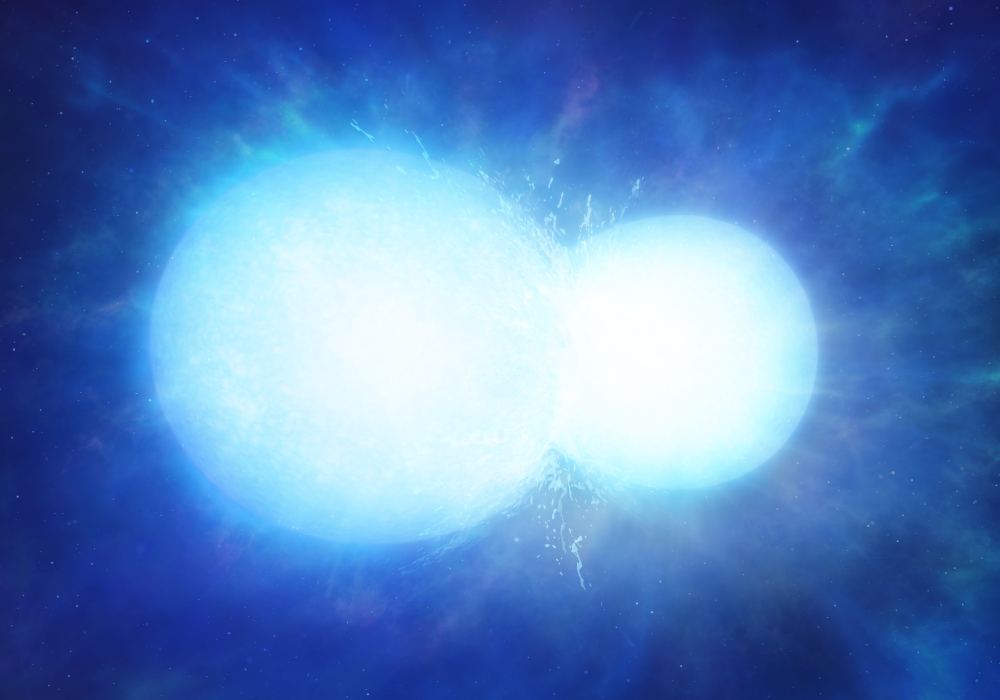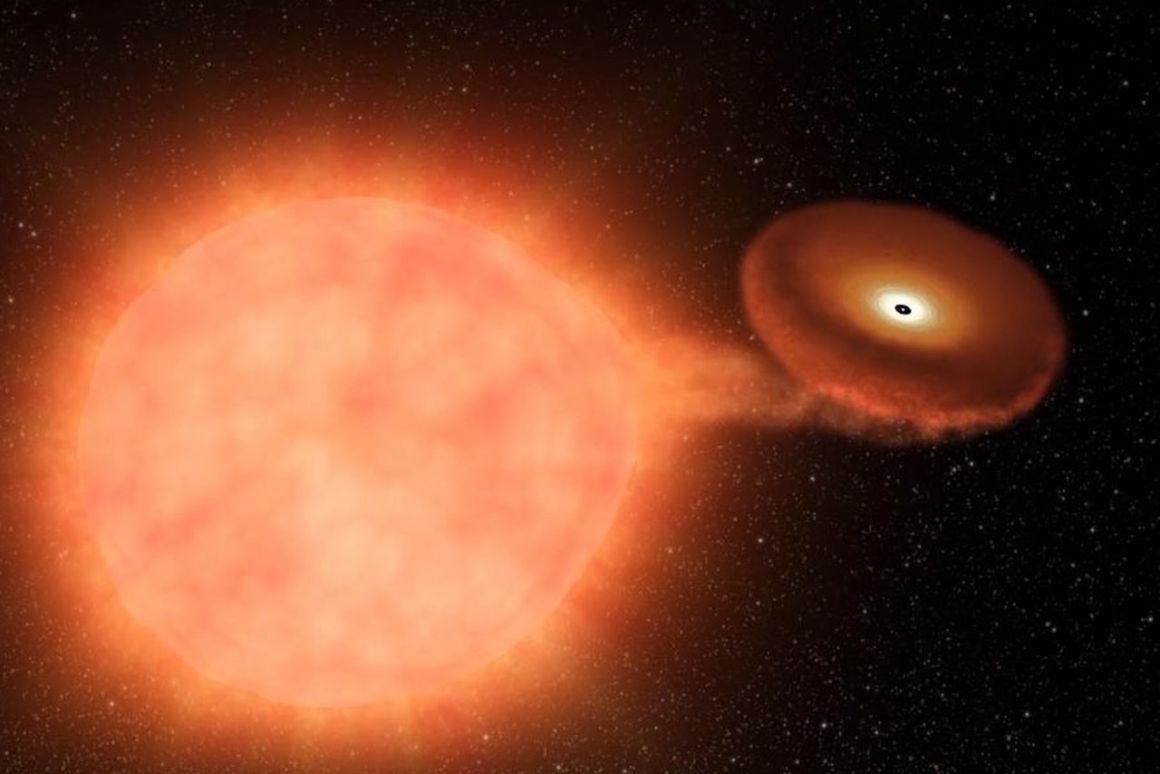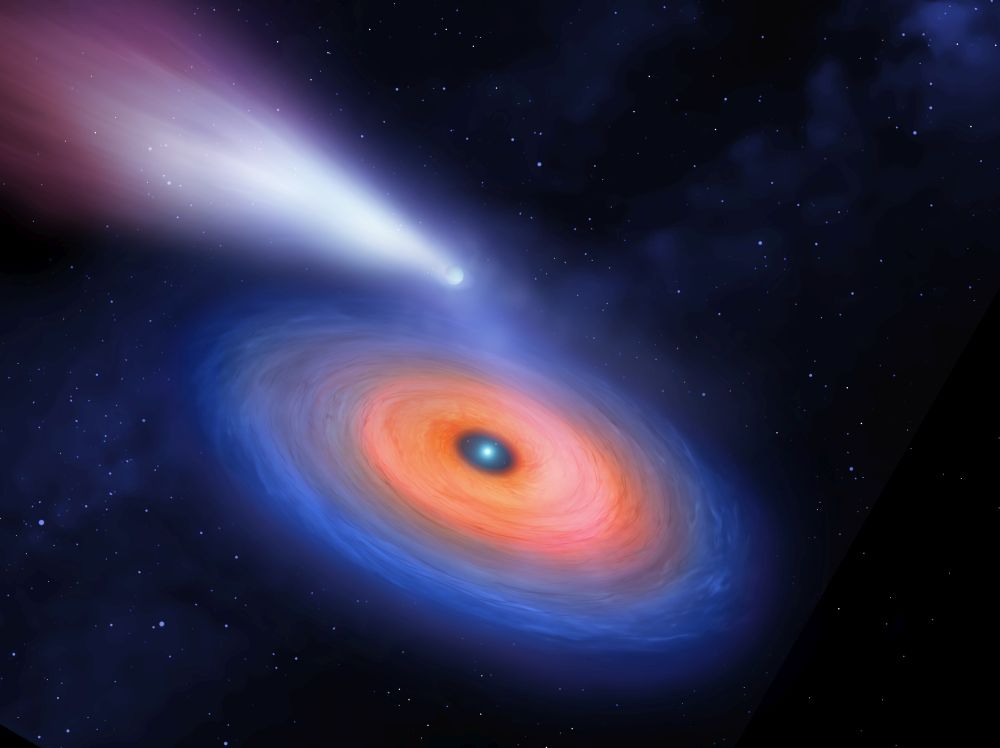The density of a white dwarf star defies our imagination. A spoonful of white dwarf matter would weigh as much as a car on Earth. Atoms within the star are squeezed so tightly that they are on the edge of collapse. Squeeze a white dwarf just a bit more, and it will collapse into a neutron star. And now, we can recreate the density of a white dwarf within a lab.
Continue reading “Scientists Recreate the Density of a White Dwarf in the Lab”Scientists Recreate the Density of a White Dwarf in the Lab
